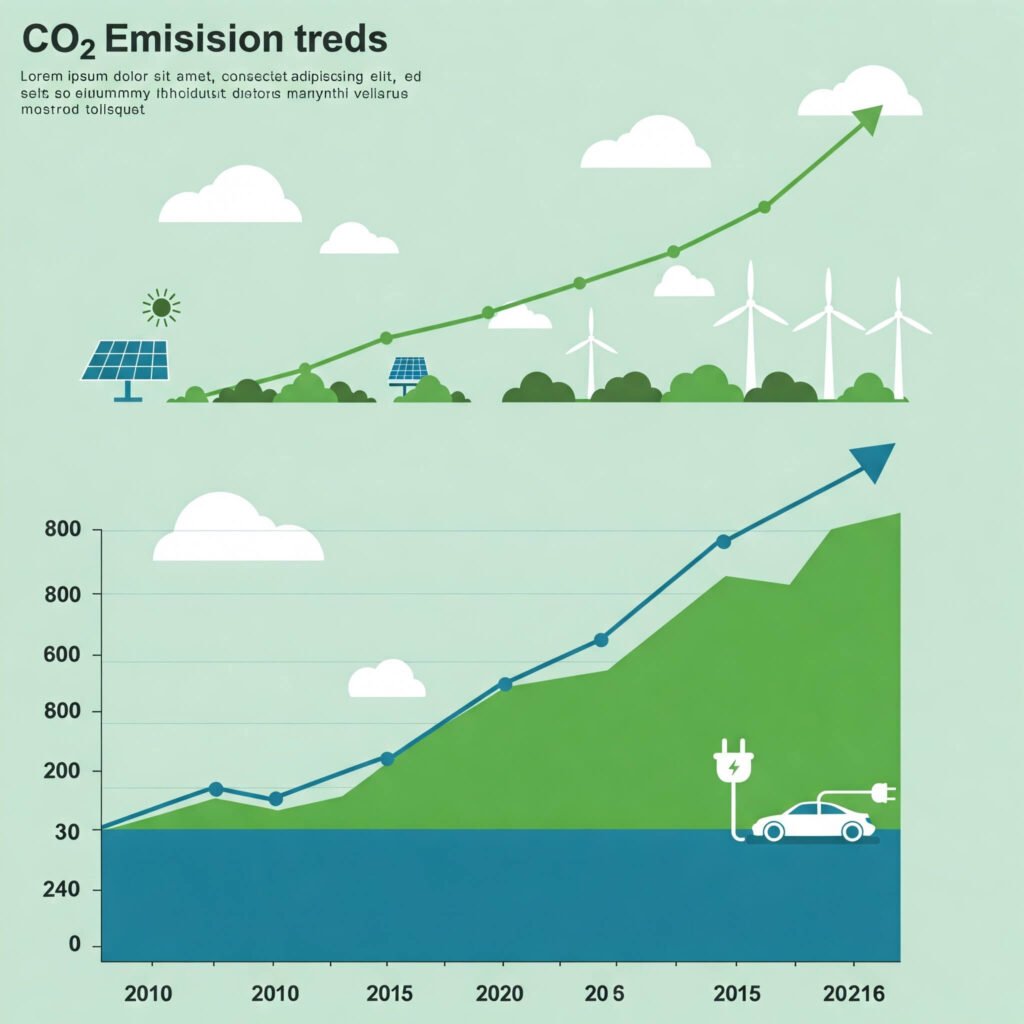In 2025, climate change policy is at a pivotal moment. Governments, corporations, and global organizations face intense pressure to deliver meaningful environmental action, but doubts linger: are these efforts authentic, or are we seeing more greenwashing? This blog explores the state of climate change policy, distinguishing genuine progress from empty promises, and provides actionable insights for readers passionate about sustainability.
Understanding Climate Change Policy Today
Climate change policy encompasses strategies, regulations, and initiatives aimed at tackling global warming. In 2025, these efforts include renewable energy expansion, carbon taxes, reforestation, and corporate sustainability commitments. But are these environmental policies making a real impact?
- Global Commitments: The Paris Agreement’s 1.5°C goal drives action, with the EU and China targeting net-zero by 2050. UN Climate Change
- Corporate Efforts: Brands like Apple and Microsoft pledge carbon neutrality, yet supply chain emissions remain a challenge. Apple Environmental Progress
- Local Initiatives: Cities like Copenhagen excel with bike-friendly infrastructure and green energy grids. Copenhagen Green City

Success Stories in Climate Action
Some climate change policies in 2025 are yielding impressive results, proving that environmental action can drive change. Here are key examples:
- Renewable Energy Boom: Solar and wind power account for 30% of global electricity, per the International Energy Agency. IEA Renewables Report
- Carbon Pricing Impact: Canada’s carbon tax cuts emissions by 5% yearly without harming the economy. Government of Canada
- Reforestation Progress: Ethiopia’s Green Legacy Initiative has planted over 20 billion trees since 2019, per UN Environment Programme. UNEP
These successes highlight how climate action in 2025 thrives with accountability and innovation.

The Challenge of Greenwashing in Policy
Not all climate change policies deliver as promised. Greenwashing—where organizations exaggerate or misrepresent their environmental action—remains a major issue. Here’s how it appears:
- Deceptive Claims: Brands like H&M have faced criticism for vague “eco-friendly” claims without clear evidence. Clean Clothes Campaign
- Weak Commitments: Some countries announce net-zero goals but lack enforceable plans, undermining sustainability.
- Offset Pitfalls: Carbon offsets, like tree-planting, often fail to deliver lasting impact, per Carbon Market Watch. Carbon Market Watch
To avoid greenwashing, look for transparency, certifications like B Corp, and verifiable data.
Identifying Authentic Climate Change Policy
To distinguish real climate change policy from greenwashing, consider these factors:
- Measurable Impact: Effective policies provide clear metrics, such as CO2 reductions.
- Third-Party Verification: Audits from groups like the Science Based Targets initiative ensure credibility. Science Based Targets
- Scalability: True environmental policy drives systemic, large-scale change.

How You Can Support Climate Action
You don’t need to be a policymaker to advance climate change policy. Here’s how to make a difference:
- Push for Local Change: Back city policies like plastic bans or green transit.
- Support Ethical Brands: Choose companies with proven sustainability practices. Explore B Corp’s directory. B Corp Directory
- Lower Your Impact: Reduce energy use by 10% with steps like LED bulbs or shorter showers.
By aligning with climate action in 2025, you contribute to real progress.
The Future of Climate Change Policy
In 2025, climate change policy blends inspiring advances with persistent greenwashing. Initiatives like reforestation and renewables offer hope, but accountability is crucial to ensure environmental action delivers. By championing transparent, data-driven sustainability and making eco-conscious choices, we can shape a greener future.
What’s your view? Are you hopeful about climate action in 2025, or wary of greenwashing? Share below!

